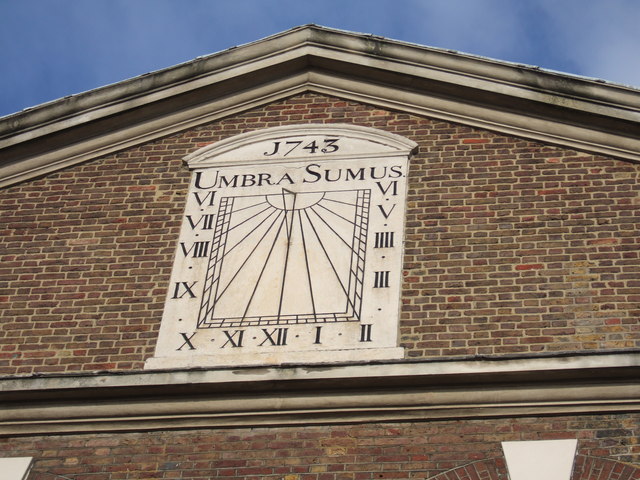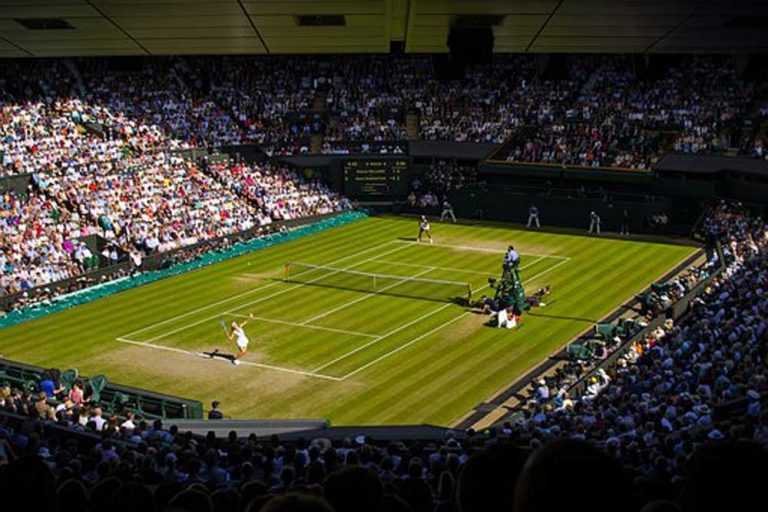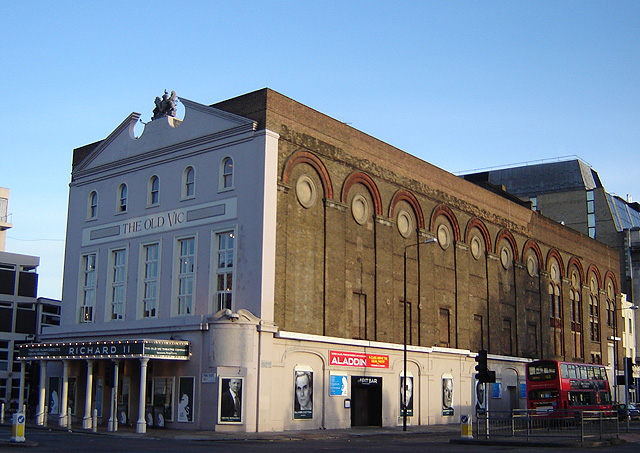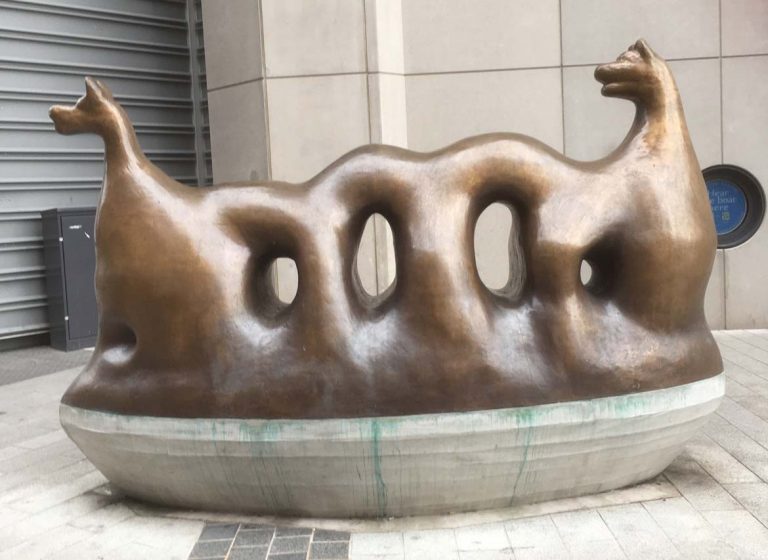As the world holds its breath over the latest Middle Eastern conflict, it’s comforting to think that in London’s East End, three religions traditionally normally associated as being at loggerheads with each other have peacefully evolved over three centuries in one building.
At first sight, the mosque on the junction of Brick Lane and Fournier Street looks as if it was always part of the Muslim faith. A huge steel tubular structure added in the 1990s outside the Brick Lane frontage is a minaret calling the faithful to prayer, but also acts as a convenient landmark.
But closer examination reveals the building’s mixed past. To begin with, it served as a religious refuge in the early 18th century for Huguenots – French Protestants – fleeing religious persecution from Roman Catholics.
Weavers by trade, like many immigrant groups, they brought their talents with them, established themselves in the area and became wealthy enough to have their own church built. They did well, became assimilated and moved on.
Fast forward to the early 19th century. Now new refugees – Jews fleeing Russian religious persecution – are flooding into the area. By this time the building is a Wesleyan Chapel and its owners, the London Society for Promoting Christianity Among Jews, is using it as a headquarters for their missionary work among the new immigrants.
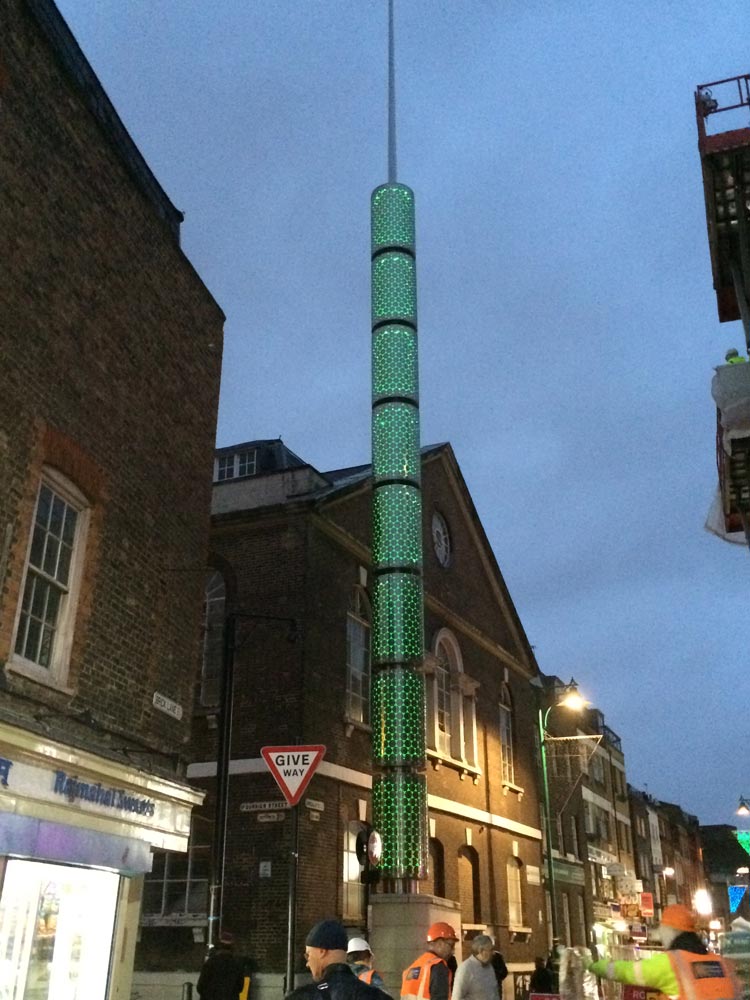
Jews continued to arrive, the religious conversion programme ended, and in 1897 in an ironic twist it was the building that underwent a change by being remodelled into a synagogue to meet their religious needs.
Their career path and future in London followed the same pattern as their Huguenot predecessors; they established themselves mainly in the textile business, did well and moved on to the suburbs that were springing up thanks to the development of the London Underground railway system, the tube.
Their places in the second half of the 20th century were taken by the next wave of immigrants from eastern India and Bangladesh. So in the mid-1970s the building became a mosque to serve their religious needs.
After subsequent remodelling the distinctive steel freestanding minaret-like tubular structure is the finishing touch to a building with as colourful a history as the generations of immigrants who have occupied it.
For me, the thing that sums up the changing face of this neighbourhood is the sundial on one side of it. The Latin words say it all: “Umbra Sumus” – “We Are Shadow.” It comes from a statement by the Roman lyric poet, Horace: “Pulvis et umbra sumus”. Which means “We are dust and shadow”.
I like to think it’s a nod to the fact that immigrant groups, for all the layers of history they created, are just that by the time the next wave puts down roots and sets about writing its own story.

